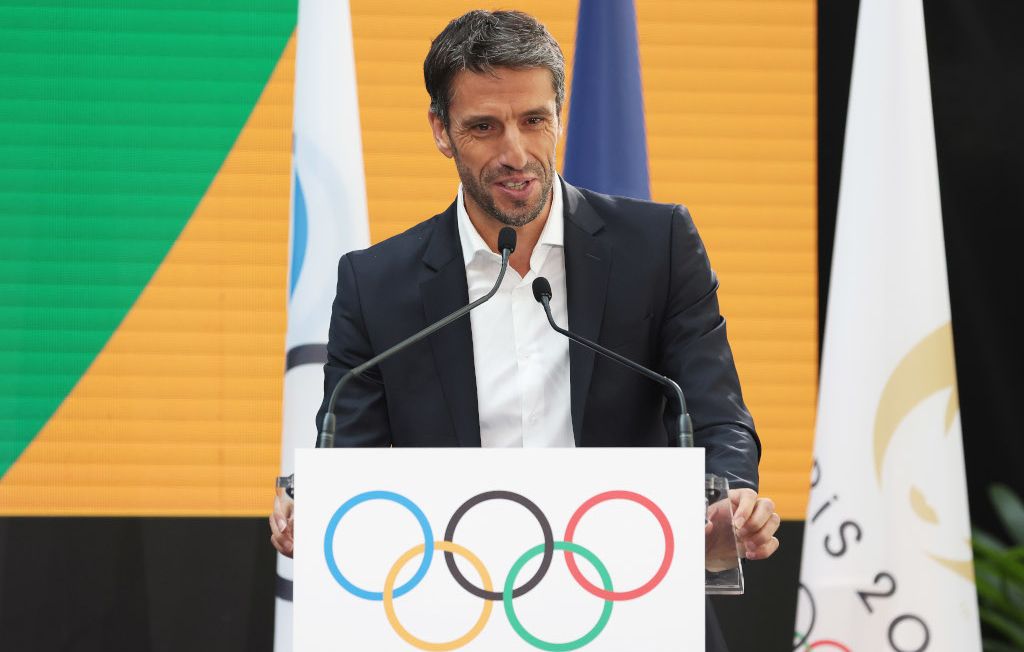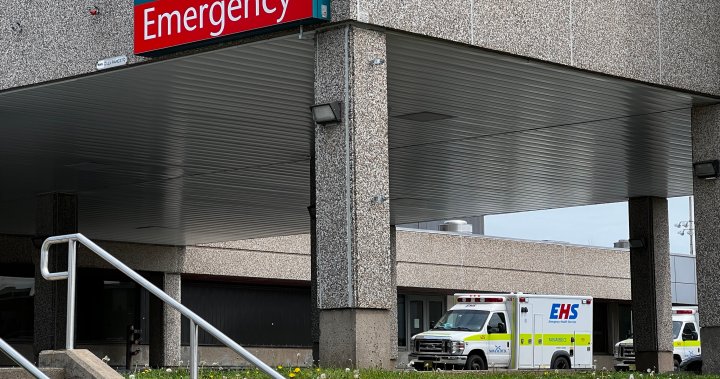
Une facture de près de 9 milliards d’euros (pour l’instant…)
C’est ce qui s’appelle faire péter l’addition dans les grandes largeurs. Initialement évaluée à 3,8 milliards d’euros, la facture totale des JO de Paris frôle actuellement les 9 milliards d’euros dont un peu plus de 2,4 milliards d’argent public. Tout n’est pas encore compté, facturé, additionné, et il est vraisemblable que la note finale dépasse les dix milliards d’euros. Le genre de note de frais que le service compta ne laisse habituellement pas passer, du moins dans une boîte normale.
Mais même si c’est le cas, ces Jeux seraient l’une des éditions les moins coûteuses de l’histoire moderne. Le comité d’organisation des JO (Cojo) organise la compétition grâce principalement à l’argent privé des sponsors (1,24 milliard), du Comité international olympique (1,2 md) et de la billetterie (1,4 md). Au total, déjà 4,4 milliards d’euros servent à louer le Stade de France, à payer des agents de sécurité, les lits du village olympique, les tribunes temporaires ou encore les danseurs de la cérémonie d’ouverture.
Le budget sous-estimé, un grand classique du genre
Fin 2022, le Cojo a rehaussé son budget de 10 % notamment en raison de l’inflation. Il avait alors reçu un renfort d’argent public de 111 millions d’euros de la part de l’Etat et des collectivités notamment pour l’organisation des Jeux paralympiques. La Cour des comptes a considéré que cette hausse provenait aussi de la sous-estimation du budget initial, un classique en la matière.
A 100 jours de l’évènement, « la zone de risque est maintenant », relève une source gouvernementale. Le Cojo dispose encore d’un matelas de près de 120 millions d’euros dans lequel il peut piocher. Signe que les temps sont durs, il a récemment demandé à la région Ile-de-France de contribuer aux transports en bus des accrédités, une charge de dix millions d’euros. La région a refusé.
L’Etat surveille de près : en cas de déficit c’est lui qui interviendra car il a donné sa garantie à hauteur de trois milliards d’euros. « Pour l’instant, il n’y a aucune raison de penser qu’il y aura un déficit », a récemment assuré la ministre des Sports et des JO, Amélie Oudéa-Castera.
De l’argent public pour les infrastructures
Si « les Jeux financent les Jeux », selon la formule des organisateurs, il a toujours été prévu que les infrastructures seraient prises en charge par l’argent public. Le village olympique qui sera transformé en logements mis sur le marché (646 millions dont 542 de l’État), la passerelle entre le Stade de France et le centre aquatique olympique, des contributions aux nouvelles piscines de Seine-Saint-Denis…
Via la Société de livraison des ouvrages olympiques (Solideo), près d’1,8 milliard d’euros de deniers publics (État, région IDF, Paris, Seine-Saint-Denis, etc) sont allés aux JO. Le budget total de la Solideo est de 4,4 milliards d’euros. Ajoutée au budget du Cojo, la note frôle les neuf milliards d’euros à 8,8 milliards d’euros. Soit deux milliards de plus que ce qui était prévu en 2019 (6,8 milliards).
D’autres dépenses encore non chiffrées
Quel sera le coût exact de la sécurité publique, incluant les primes de 1.900 euros aux policiers ? Les primes pour la fonction publique ne sont pas chiffrées non plus. Le président de la Cour des comptes, Pierre Moscovici, avait estimé à trois milliards d’euros les investissements publics au final. « Trois, quatre, cinq milliards d’euros », a-t-il actualisé récemment, cela sera connu « après les JO ». « Il n’y a aucune raison que ça atteigne cinq milliards », a rétorqué Amélie Oudéa-Castéra, qui assure qu’il n’y a ni « dérives budgétaires, ni coût caché ».
Si on prend l’estimation de la Cour des comptes, l’addition avoisinera sans doute les dix milliards d’euros. Auxquels il faudra peut-être ajouter des surprises financières des derniers mois. Les JO de Tokyo, aggravés par la crise sanitaire du Covid et leur report d’un an, ont coûté douze milliards d’euros selon la Cour des comptes japonaise, soit près de deux fois plus que dans le dossier de candidature.
A Londres, selon les évaluations (variables selon les périmètres), ils ont coûté entre douze et quinze milliards d’euros. A Athènes, en 2004, les JO qui ont grevé les déficits de l’Etat grec, ont coûté treize milliards d’euros. « Ces budgets sont probablement les plus maîtrisés de l’histoire des JO » et « les plus sobres organisés depuis vingt ans », affirme la ministre des JO. Réponse après l’événement dans un rapport de la Cour des comptes prévu à l’automne 2025.






